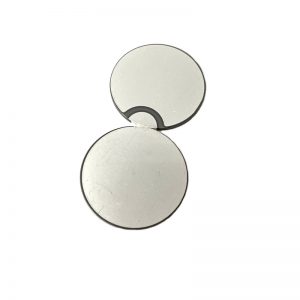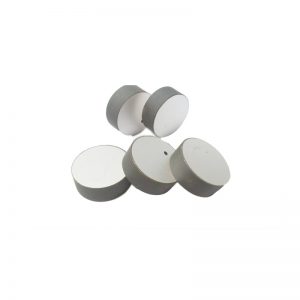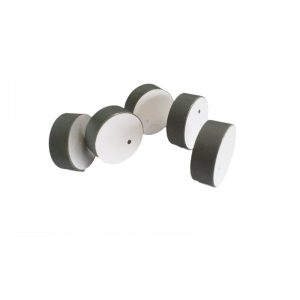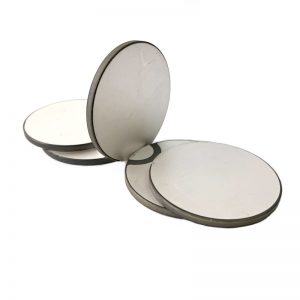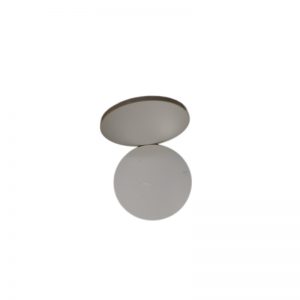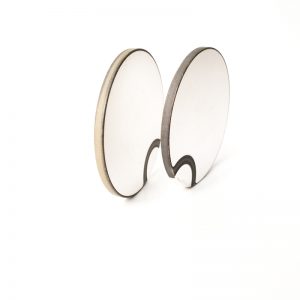 Piezoelectric ceramic chips are materials that can convert mechanical energy into electrical energy, based on the piezoelectric effect. When a piezoelectric ceramic chip is subjected to external pressure, charges are generated on both sides of the chip, resulting in voltage. This effect can be used to manufacture electronic devices such as sensors and transducers.
Piezoelectric ceramic chips are materials that can convert mechanical energy into electrical energy, based on the piezoelectric effect. When a piezoelectric ceramic chip is subjected to external pressure, charges are generated on both sides of the chip, resulting in voltage. This effect can be used to manufacture electronic devices such as sensors and transducers.
The piezoelectric voltage constant of piezoelectric ceramic chips is relatively high, which means they can generate large charges, making them widely used in fields such as sensors and transducers. Piezoelectric ceramic chips have good temperature stability and can maintain stable performance over a wide temperature range. Piezoelectric ceramic chips have high mechanical strength and can withstand large external pressure and vibration mechanical loads. Piezoelectric ceramic chips have good electrical insulation and are less prone to leakage and short circuits. Piezoelectric ceramic chips can be cut, ground, and drilled using various processing techniques, and can be integrated with other electronic devices to achieve complex functions.
| Specification | Dimension (mm) |
Radial frequency (KHz) |
Capacitance (±12.5%) pF |
Dielectric dissipation factortanδ (%) |
Impedance (Ω) |
Electromechanical coupling coefficientKr | Mechanical quality factor (Qm) |
| PLS-QXJP3030 | Φ30×3.0 | 66.7 | 2730 | ≤0.3 | ≤15 | ≥0.55 | 500 |
| PLS-QXJP3530 | Φ35×3.0 | 63 | 3100 | ≤0.3 | ≤15 | ≥0.55 | 500 |
| PLS-QXJP3865 | Φ38×6.5 | 59.9 | 1580 | ≤0.3 | ≤15 | ≥0.55 | 500 |
| PLS-QXJP4530 | Φ45×3.0 | 50 | 5100 | ≤0.3 | ≤15 | ≥0.55 | 500 |
| PLS-QXJP4535 | Φ45×3.5 | 50 | 4700 | ≤0.3 | ≤15 | ≥0.55 | 500 |
| PLS-QXJP5030 | Φ50×3.0 | 46 | 5800 | ≤0.3 | ≤15 | ≥0.55 | 500 |
| PLS-QXJP5035 | Φ50×3.5 | 46 | 6300 | ≤0.3 | ≤15 | ≥0.55 | 500 |
| PLS-QXJP5050 | Φ50×5.0 | 46 | 4150 | ≤0.3 | ≤15 | ≥0.55 | 500 |


